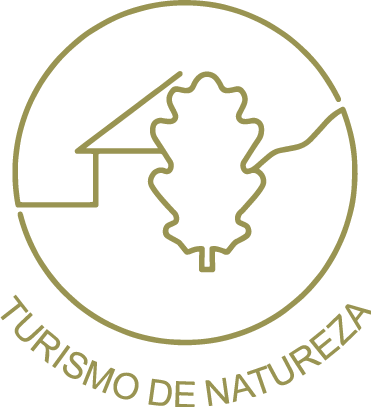General Info
The Sado Estuary, nestled just a short drive away from Lisbon, is a natural marvel that beckons avid birdwatchers and nature enthusiasts alike. As Portugal’s second-largest estuary, it boasts a sprawling landscape of 23,000 hectares teeming with biodiversity. This ecological haven has earned international recognition as a Ramsar site and encompasses two Zones of Special Protection and a Natural Reserve (RNES). The estuary’s diverse biotopes, ranging from open water and inter-tidal mudflats to salt marshes and woodlands, create a thriving ecosystem that supports a rich avian population.
What sets the Sado Estuary apart is the sheer variety of bird species that call this place home. From graceful waterfowl like Red-breasted Mergansers and Black-necked Grebes to striking shorebirds like Eurasian Oystercatchers and Caspian Terns, the estuary offers a captivating spectacle for birdwatchers. The woodlands surrounding the estuary echo with the calls of Great Spotted Cuckoos, Iberian Green Woodpeckers, and Cirl Buntings, creating a symphony of natural melodies. The elusive presence of Greater Flamingos, Eurasian Spoonbills, European Bee-eaters, and Iberian Magpies adds to the allure of this avian paradise.
Throughout the seasons, the Sado Estuary provides a dynamic birding experience. In winter, thousands of wintering aquatic birds grace the waters, creating a mesmerizing sight for observers. During migration, the estuary becomes a hub of activity, with the number of species soaring, often exceeding 100 bird species in a single day. In summer, the estuary hosts breeding species, with the count nearing 100, making it a delightful destination for birdwatchers year-round.
Aside from the avian wonders, the Sado Estuary is also home to a unique population of Bottle-nosed Dolphins. These playful marine creatures enchant visitors with their graceful maneuvers, adding an extra layer of excitement to the birding experience. Exploring the estuary’s diverse habitats, from reedbeds and river beaches to sand dunes and Cork Oak woodlands, offers birdwatchers a chance to immerse themselves in nature’s beauty.
For anyone passionate about birds and the natural world, the Sado Estuary stands as a must-visit destination, promising an unforgettable and enriching birding adventure amidst nature’s splendor.
What can we see
Anseriformes (Ducks, Geese, and Swans): Red-breasted Merganser
Galliformes (Gamefowl): Red-legged Partridge
Podicipediformes (Grebes): Great Crested Grebe, Black-necked Grebe
Phoenicopteriformes (Flamingos): Greater Flamingo
Ciconiiformes (Storks): White Stork, Black Stork
Pelecaniformes (Ibises and Spoonbills): Glossy Ibis, Eurasian Spoonbill
Pelecaniformes (Heron Family): Little Bittern, Squacco Heron, Purple Heron, Great Egret
Accipitriformes (Birds of Prey): Western Osprey, Black-winged Kite, Short-toed Snake Eagle, Booted Eagle, Bonelli’s Eagle, Western Marsh Harrier, Black Kite
Gruiformes (Rails, Cranes, and Allies): Water Rail, Western Swamphen
Charadriiformes (Shorebirds and Gulls): Eurasian Oystercatcher, Black-winged Stilt, Pied Avocet, Kentish Plover, Eurasian Whimbrel, Eurasian Curlew, Bar-tailed Godwit, Black-tailed Godwit, Red Knot, Ruff, Curlew Sandpiper, Little Stint, Green Sandpiper, Spotted Redshank, Common Greenshank, Mediterranean Gull, Caspian Tern, Little Tern, Common Tern
Columbiformes (Pigeons and Doves): European Turtle Dove
Cuculiformes (Cuckoos): Great Spotted Cuckoo, Common Cuckoo
Strigiformes (Owls): Little Owl, Short-eared Owl, Red-necked Nightjar
Caprimulgiformes (Nightjars): Pallid Swift
Coraciiformes (Kingfishers): Common Kingfisher
Coraciiformes (Woodpeckers): European Bee-eater, Eurasian Hoopoe, Lesser Spotted Woodpecker, Iberian Green Woodpecker
Falconiformes (Falcons and Caracaras): Common Kestrel, Merlin, Peregrine Falcon
Passeriformes (Perching Birds): Iberian Grey Shrike, Woodchat Shrike, Iberian Magpie, European Crested Tit, Eurasian Penduline Tit, Woodlark, Crested Lark, Red-rumped Swallow, Cetti’s Warbler, Long-tailed Tit, Iberian Chiffchaff, Western Bonelli’s Warbler, Great Reed Warbler, Eurasian Reed Warbler, Melodious Warbler, Savi’s Warbler, Zitting Cisticola, Dartford Warbler, Sardinian Warbler, Short-toed Treecreeper, Spotless Starling, Bluethroat, Common Nightingale, Spanish Sparrow, Rock Sparrow, Black-headed Weaver, Yellow-crowned Bishop, Common Waxbill, Scaly-breasted Munia, Western Yellow Wagtail, Water Pipit, Hawfinch, European Serin, Cirl Bunting, Common Reed Bunting
Not so common but seen in recent years, and depending on the time of the year, we could see:
Anseriformes (Ducks, Geese, and Swans): Surf Scoter, Velvet Scoter, Long-tailed Duck
Gaviiformes (Loons): Red-throated Loon, Common Loon
Podicipediformes (Grebes): Slavonian Grebe
Phoenicopteriformes (Flamingos): Lesser Flamingo
Pelecaniformes (Pelicans): White Pelican
Charadriiformes (Shorebirds and Gulls): Lesser Yellowlegs, Marsh Sandpiper
Some photos of this tour
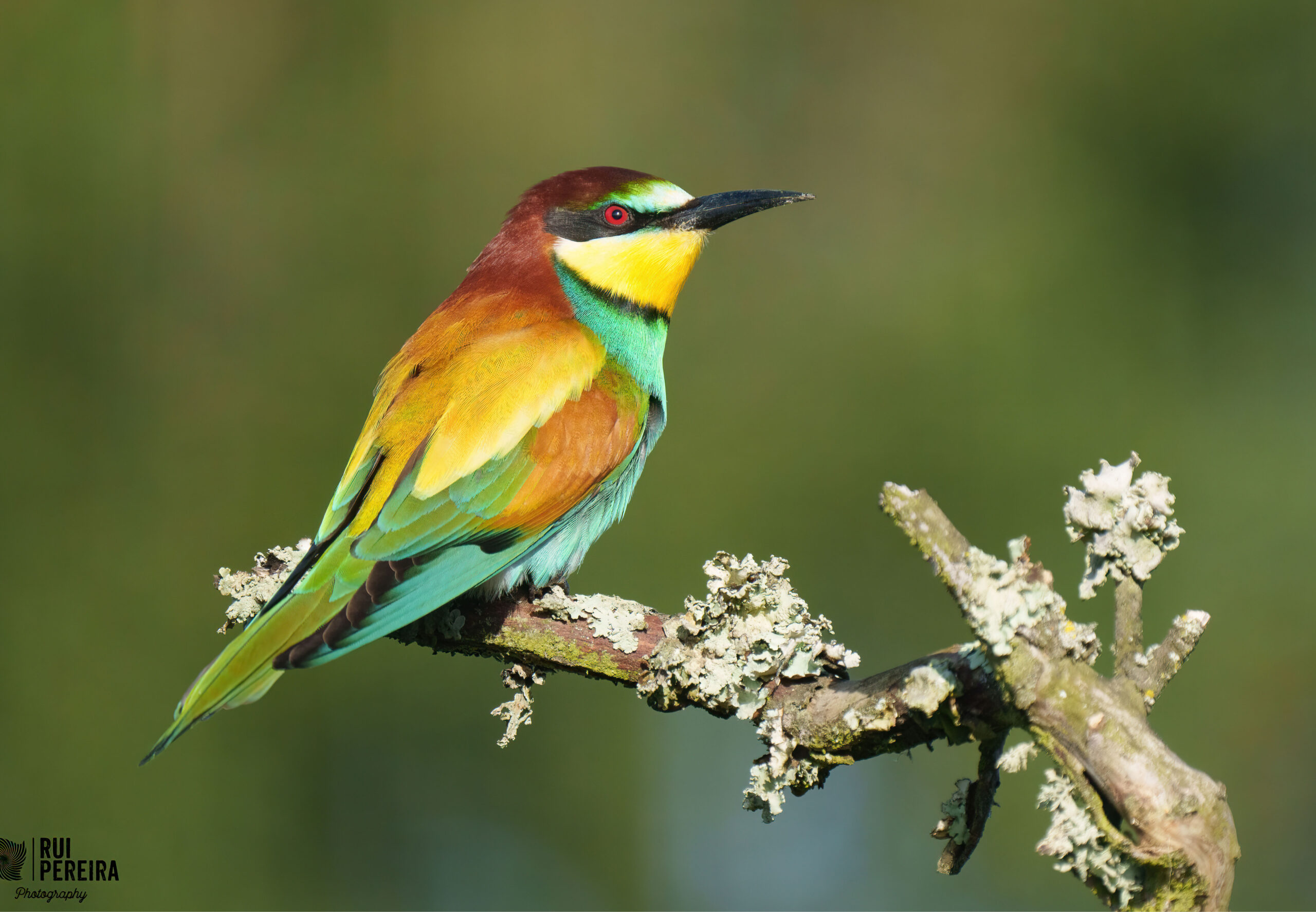
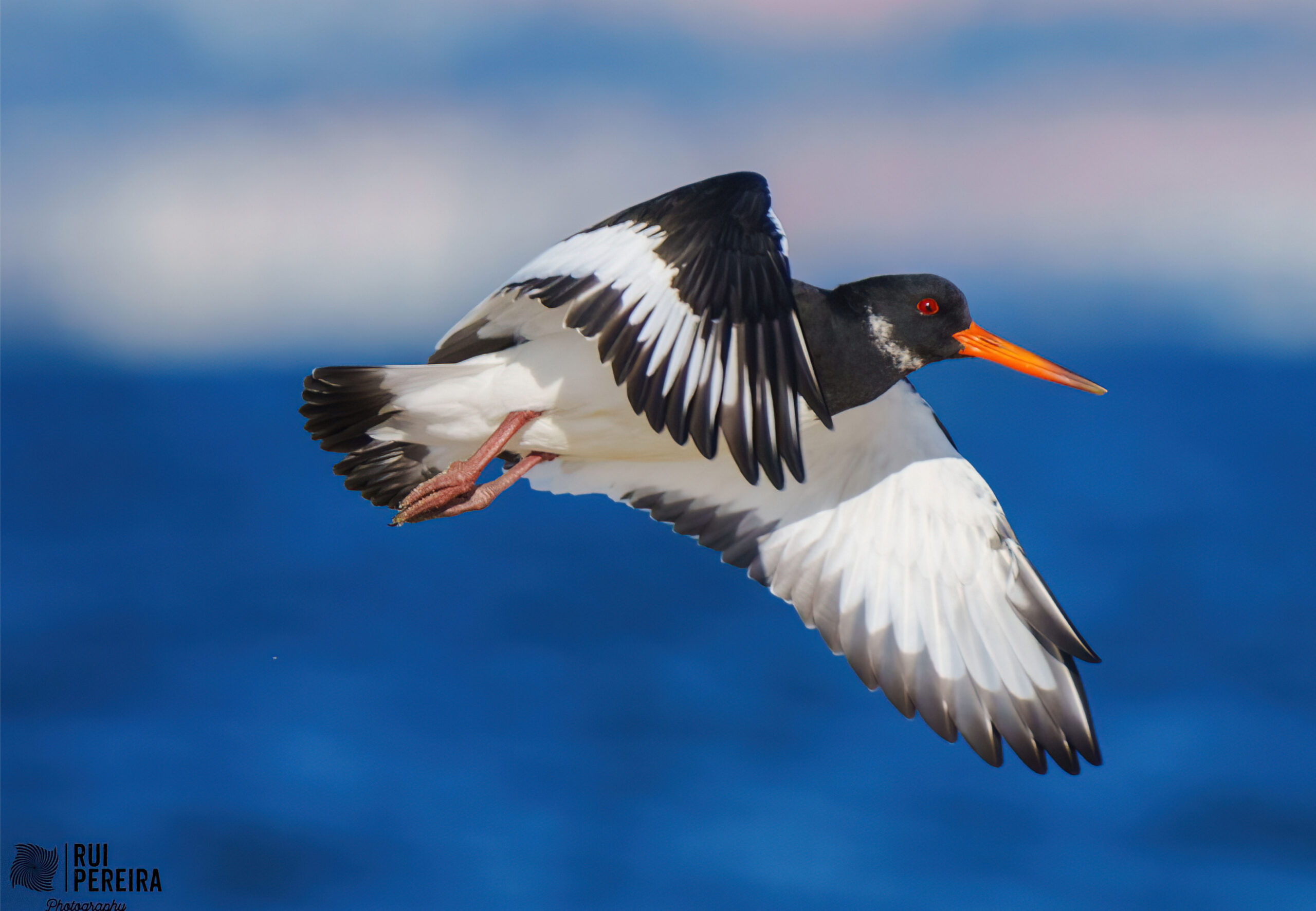
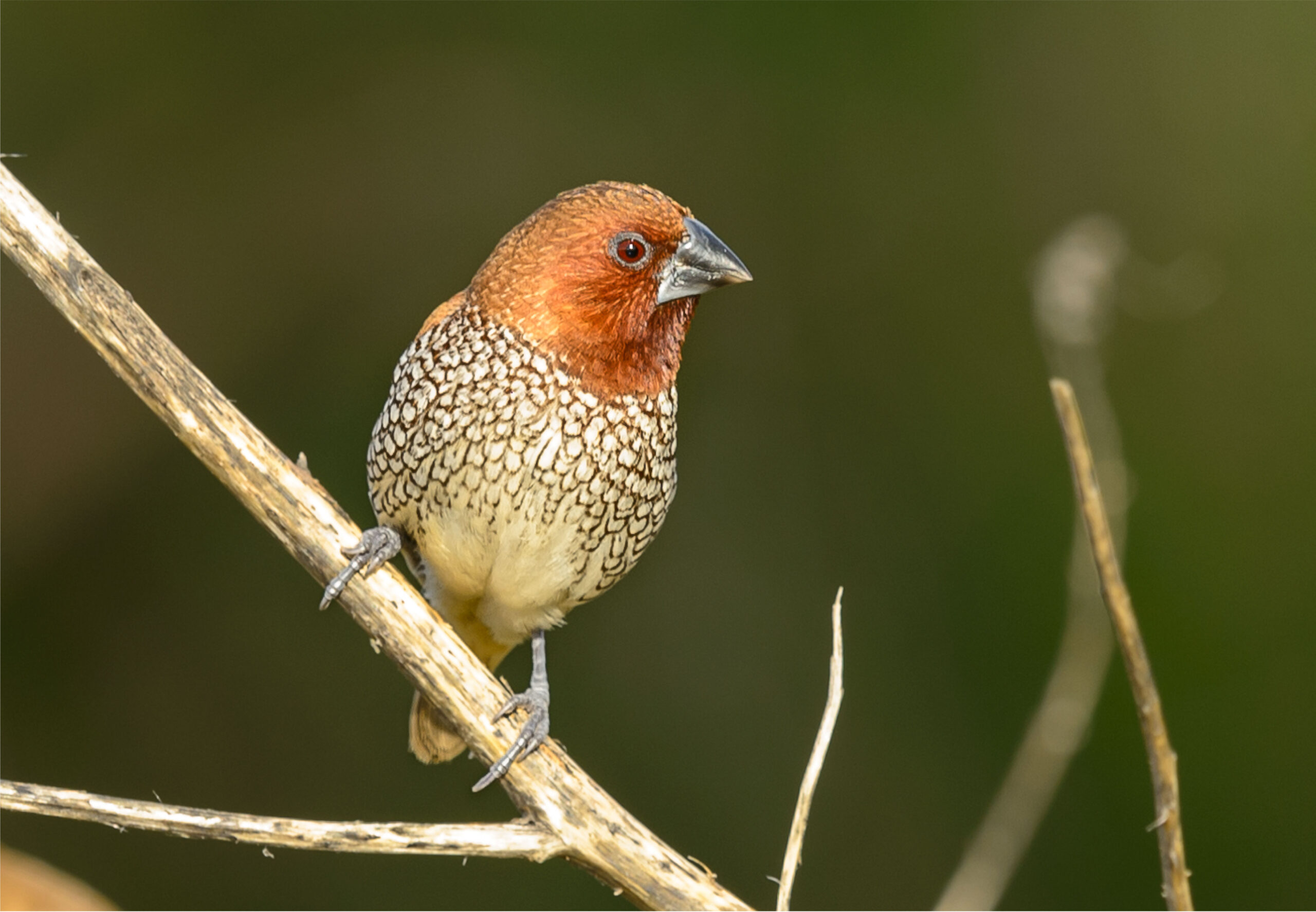
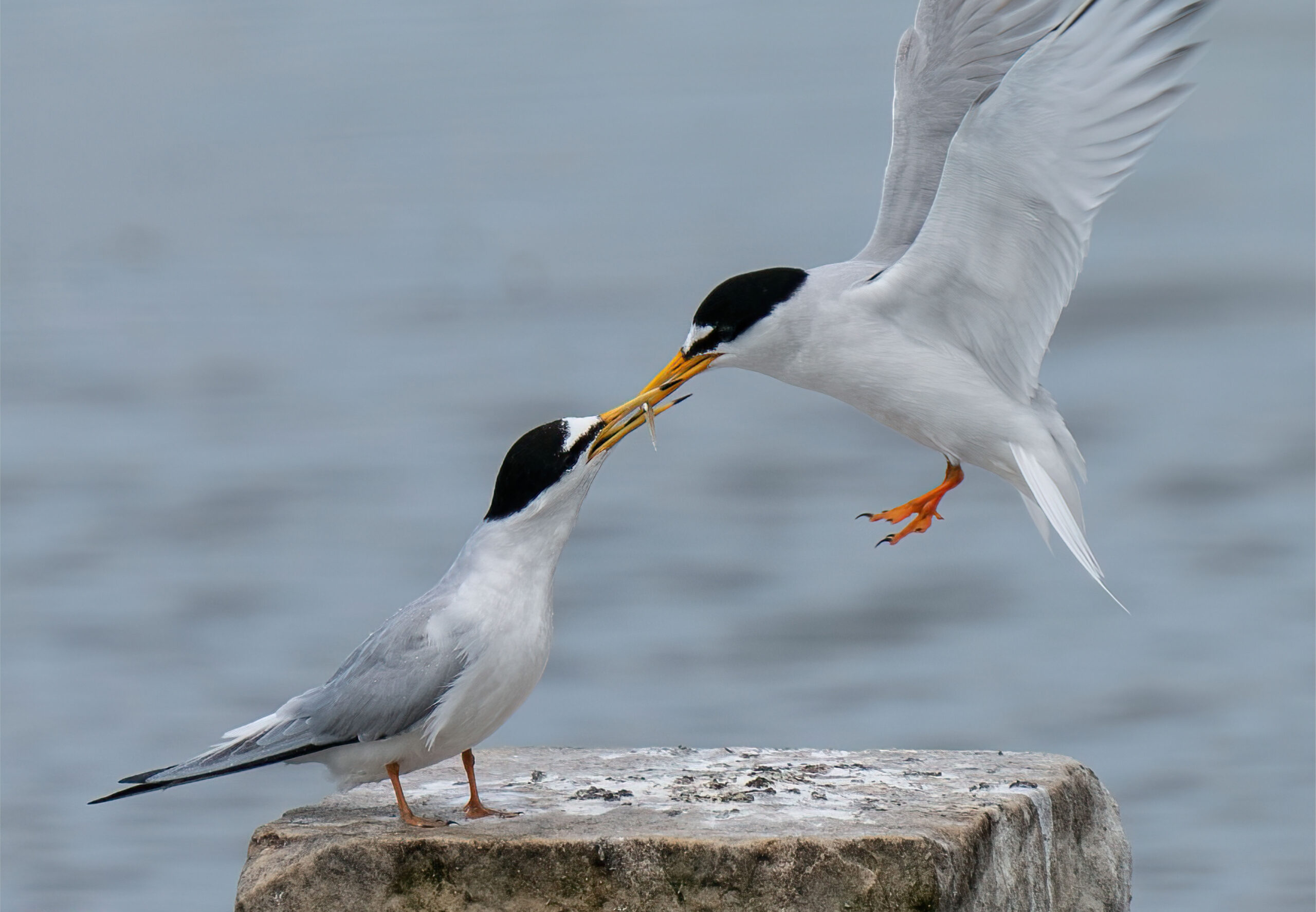
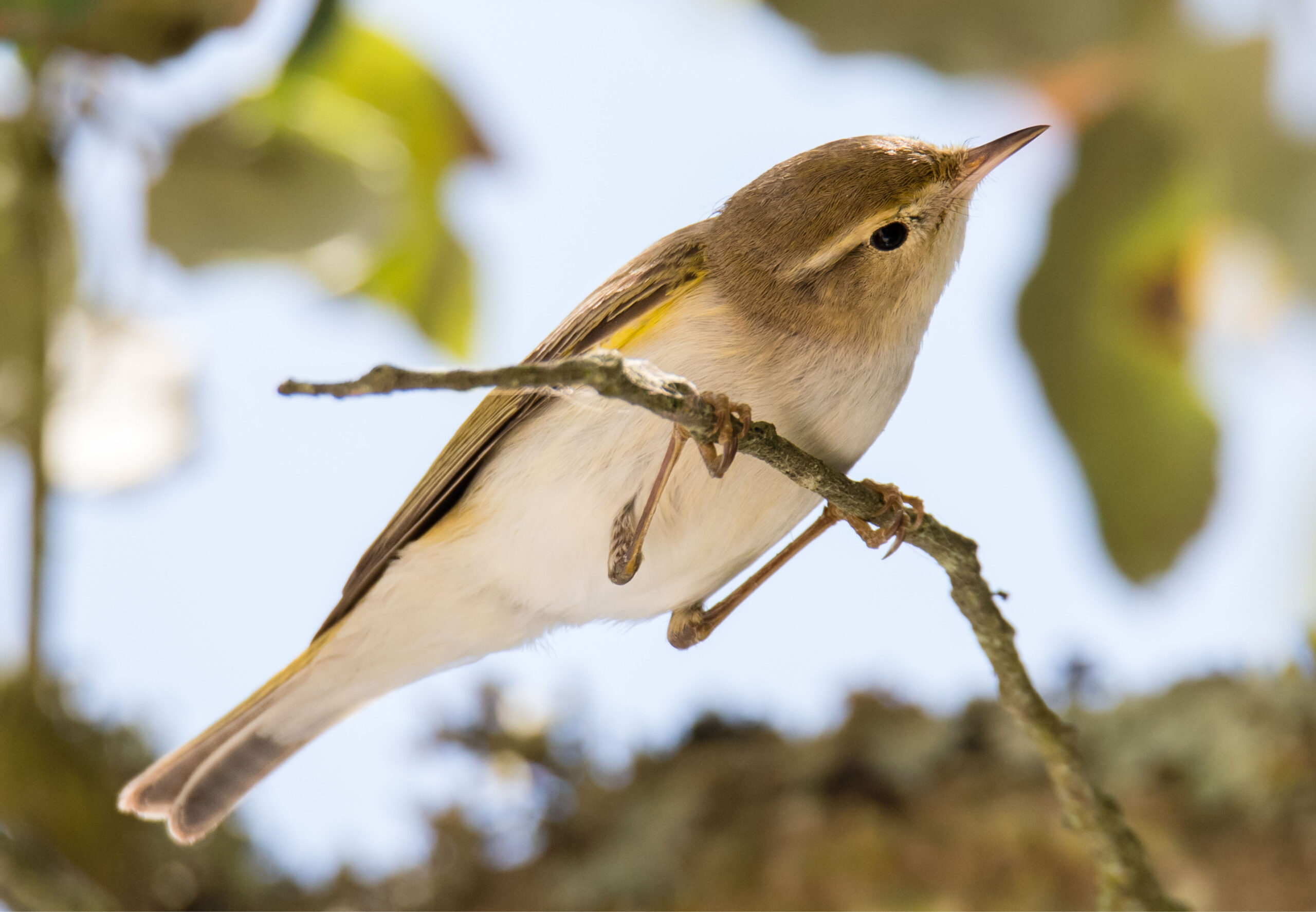
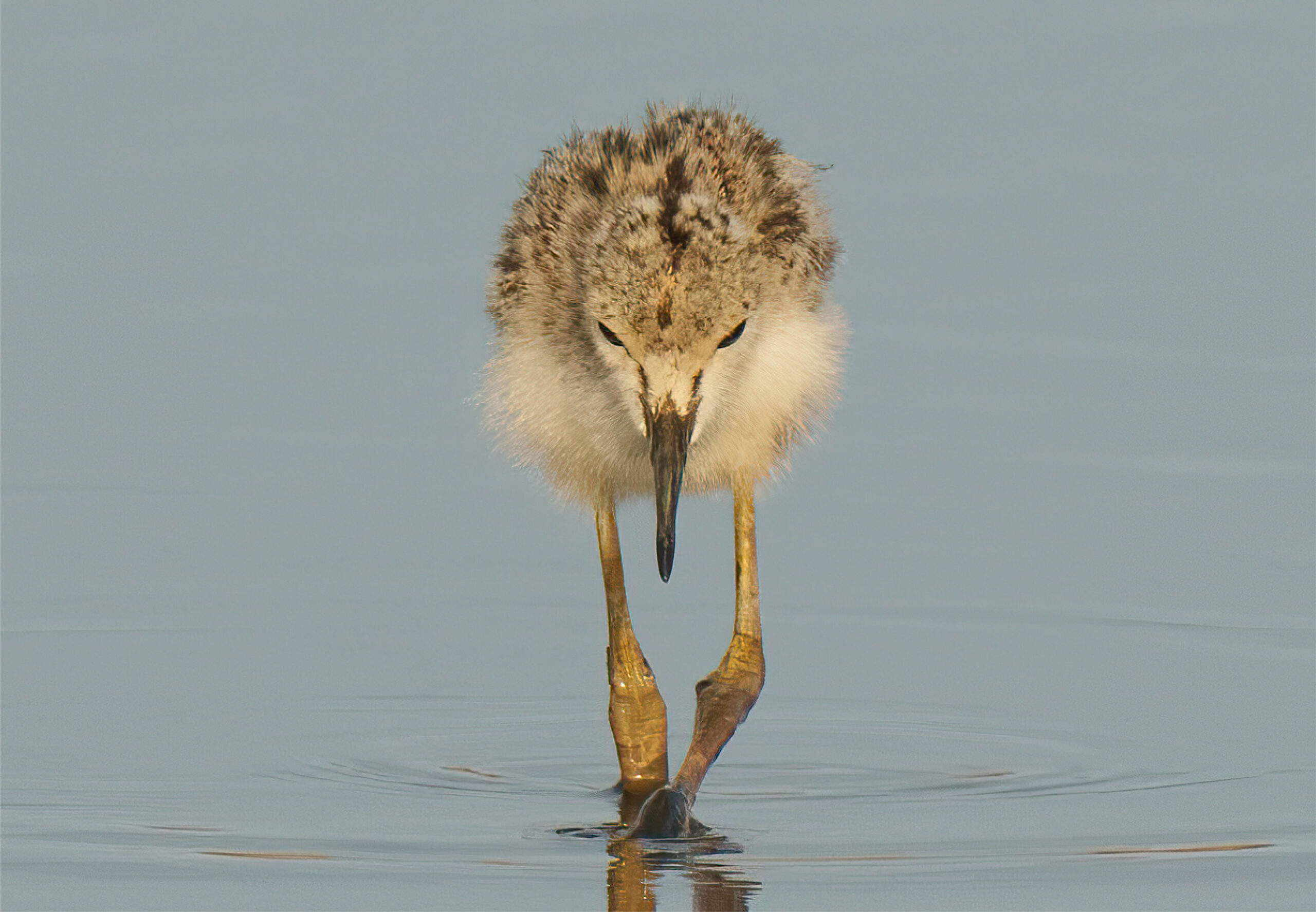
Location
Good to know
Difficulty
Medium, mostly done on car with some distance flat walks
Time
Full day tour. Departure and return time to be arranged.
Included
– All entrance fees
– Accident’s Insurance
– Transport (pick up and drop in Lisbon hotel. Gas and tolls included)
– Water
– Guide
Everything else is not included
Price
1 person: 200 €
2 persons: 250 €
3 persons: 300 €
4 persons: 350 €

